Salad vegetables are a diverse group of fresh, edible plants typically consumed raw or lightly cooked as part of salads. These vegetable kinds contribute various textures and flavors to the dish, offering a mix of crispness, sweetness, bitterness, and earthiness.
They form the foundation of salads, providing bulk and a base for additional ingredients like dressings, proteins, and toppings. These vegetables are valued for their high water content, low-calorie count, and nutrients.
Commonly grown in gardens and available in markets year-round, they are essential for creating balanced, flavorful, and nutritious salads.
The veggie picks for making salads differ based on region, which I’ll show you later. Lastly, there are some suggested salad recipes to try, so make sure you’ll not miss any information about this topic. Read on!
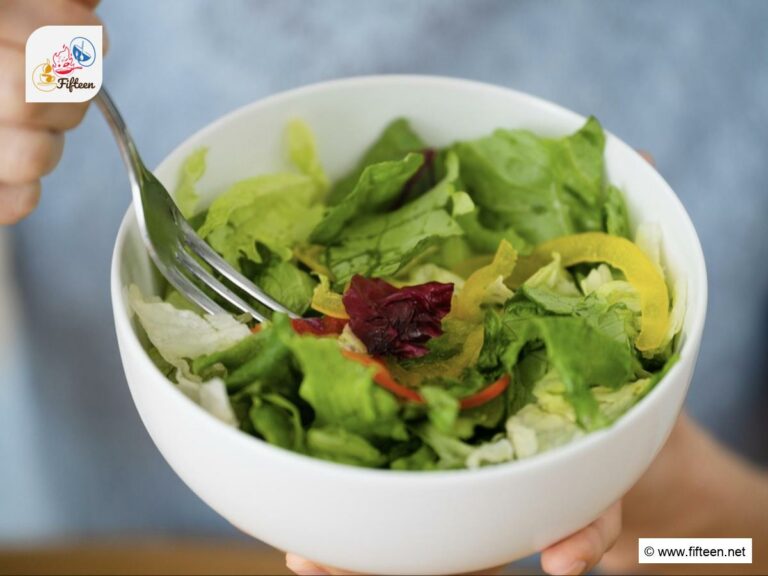
20 Common Vegetables Used in Salad
Below are 20 varieties of veggies used in salads. They are diverse in types, flavors, and textures, but they are all nutritious additions to your meals. Don’t forget to use the filter to search your favorites!
Lettuce
- For Dishes
- For Garnishes
Lettuce is a leafy green vegetable widely used in salads for its crisp texture and mild flavor. It comes in various types, such as Romaine, Iceberg, Butterhead, and Leaf lettuce, each offering unique characteristics in terms of texture and taste.
Lettuce is best used as a base ingredient in many salads, allowing it to soak up the dressings and toppings. Its high water content and low-calorie count make it a popular choice for a light bowl of salad.
Spinach
- For Dishes
Spinach is a nutrient-rich leafy green with a tender texture and slightly bitter taste. These leaves are commonly used in salads, providing a vibrant green color.
The veggies are usually enjoyed raw in fresh salads or lightly cooked for a tender texture. Spinach’s mild flavor pairs well with various ingredients and spices, making the green veggie a popular choice for adding a subtle, earthy taste to salads.
Arugula
- For Dishes
Arugula is a leafy green vegetable used in salads for a spicy kick that complements other ingredients. Known for its distinctive peppery flavor and tender texture, arugula features small, delicate leaves that soak up the dressing well.
Arugula’s bold flavor pairs well with various dressings and toppings like tomatoes or cucumber, making it a versatile ingredient in creating flavorful salads.
Kale
- For Dishes
Kale is a hardy vegetable characterized by its curly or flat leaves. As a common pick in salads, kale provides a slightly bitter and earthy flavor that adds depth to the dish.
Its sturdy leaves hold up well to dressings, making it an excellent choice for raw and mixed salads. The simple flavor of kale also pairs well with fruits, nuts, cheeses, and grains, allowing more customizable choices.
Radicchio
- For Dishes
Radicchio is a vibrant vegetable with a deep red color and slightly bitter taste. Often used in salads, radicchio adds a striking visual and a crunchy texture, absorbing the dressing quite well.
Radicchio is often chopped or shredded to mix with other greens, allowing the ingredients to meld with the vegetable more easily. Ideally, fruit picks like apples or peaches can pair wonderfully with radicchio.
Endive
- For Dishes
Endive is a leafy vegetable belonging to the genus Cichorium, boasting a slightly bitter taste and crisp texture. Usually, curly endives can have narrow heads with curly leaves, while escaroles have broader, less bitter leaves.
A frequent pick for salads, endive adds a distinctive flavor to mixed greens. Its bitterness can be balanced with sweet or tangy ingredients, mainly coming from the dressing and plump fruits like tomatoes.
Cabbage
- For Dishes
- For Garnishes
Cabbage is an annual vegetable crop, well-known for its dense-leaved heads, available in green, red, and white varieties. This leafy veggie is closely related to broccoli, cauliflower, and Brussels sprouts, providing a firm, crisp texture and slightly peppery flavor.
It is often incorporated raw in coleslaws, pickled in dishes like sauerkraut, or simply mixed into a salad. To prepare cabbage, people simply just shred the head into thin slices before mixing it with other greens and dressings.
Carrot
- For Dishes
- For Garnishes
Carrot is a root vegetable, typically orange in color, though purple, red, yellow, and white varieties exist. Originating in Persia, carrots are now cultivated for the edible taproot with a crunchy texture.
Carrots are commonly used in salads, adding a sweet, crunchy texture that complements other vegetables. They can be eaten raw or cooked, depending on the salad’s texture requirements.
Cucumber
- For Dishes
A cucumber is a widely cultivated creeping vine plant producing green, elongated fruits often used as a vegetable. It produces cylindrical fruits that are commonly used as culinary vegetables to provide a mild taste and refreshing profile.
Cucumbers are now grown globally and are known for their crisp texture and refreshing flavor, making them a popular ingredient in salads. Aside from being thinly spicy, some even shred cucumbers into thin strips so they can soak up the seasoning better.
Tomato
- For Dishes
- For Garnishes
Tomato is the edible red fruit of the plant, featuring a common red color when fully ripe. Often used as a vegetable, tomatoes are consumed raw in salads, often added directly to savor the sweet and sour taste.
Aside from red, tomatoes even come in colors ranging from red to yellow, orange, and even purple. When used as an ingredient for salad, you should note that tomatoes release a lot of juice, which can make the mixture watery if overmixed.
Bell Pepper
- For Dishes
- For Garnishes
Bell pepper is a fruit of the plant Capsicum annuum, notable for its mild, sweet flavor and crisp texture. Unlike other peppers, bell peppers lack capsaicin, the compound responsible for spiciness, making them a milder choice in terms of heat in salads.
They come in a range of vibrant colors, including green, red, yellow, orange, purple, and even white, each offering a slightly different flavor profile and sweetness level. Aside from making salad, bell peppers have a thick, fleshy wall and a hollow interior, which makes them ideal for stuffing.
Radish
- For Dishes
- For Garnishes
Radish is a root vegetable with a crunchy texture and sharp, peppery flavor. These pungent roots vary widely in color, including red, pink, white, and black, boasting spherical, elongated, or cylindrical shapes.
Their flesh is usually white and crisp, making them a refreshing addition to salads. The flavor intensity can range from mild to very spicy, influenced by growing conditions.
Radishes are quick to grow, with some varieties ready to harvest in just a month. They are often enjoyed raw in salads, cut into bite-sized pieces.
Onion
- For Dishes
Onion is a widely cultivated vegetable known for its layered, bulbous structure. Interestingly, onions are available in various colors, including yellow, red, and white, each offering distinct flavors and culinary uses.
Yellow onions have a strong, pungent flavor due to their higher sulfur content, making them ideal for cooking in soups, stews, and caramelized dishes. Red onions are milder and sweeter, often consumed raw in salads or as a colorful garnish.
As for the texture, onions range from crisp when raw to soft and sweet when cooked. When used in a salad mixture, you want to aim for a moderate amount of them so the pungent flavor doesn’t overwhelm other ingredients.
Celery
- For Dishes
Celery is a crisp, fibrous vegetable featuring long, pale green stalks and a slightly peppery taste. The stalks are often used in salads, soups, and stews for their refreshing crunch and ability to complement other flavors.
Additionally, the celery leaves with a stronger flavor are also edible. Commonly, the texture of celery goes well when mixed with bold flavor dressing to neutralize the spicy profile.
Zucchini
- For Dishes
Zucchini is a summer squash typically harvested while still immature, ensuring its skin is tender and edible. This versatile vegetable, often found in shades of dark green or yellow, has a mild, slightly sweet flavor and a firm, crisp texture.
Zucchini can be eaten raw in salads, grilled, sautéed, or incorporated into baked goods like bread. The flesh becomes soft and tender when cooked, making it suitable for a variety of dishes, from stir-fries to ratatouille.
Avocado
- For Dishes
Avocado is a creamy, buttery fruit with a smooth texture and mild, slightly nutty flavor. The fruit is typically pear-shaped, oval, or spherical, with a dark green, brown, or black skin depending on the variety.
Inside, the flesh is a vibrant yellow-green, surrounding a single large seed. For salads, avocado adds a melting buttery texture accompanied by a rich and oily profile.
Normally, avocado is cut into cubes, chunks, or slices to add directly to a salad mixture along with the dressing.
Mushroom
- For Dishes
Mushroom is the fleshy, spore-bearing fruiting body of a fungus, typically found above ground, on soil. Typically, mushrooms come in a variety of shapes, colors, and sizes, along with a wide speck of color, like white, brown, red, or even yellow.
The texture also ranges from firm and meaty, like portobello mushrooms, to delicate and tender, like enoki mushrooms. Mushrooms have an earthy, umami flavor that intensifies when cooked.
They are widely used in salads, soups, stir-fries, and as meat substitutes due to their rich taste and substantial texture.
Broccoli
- For Dishes
Broccoli is an edible green plant in the cabbage family with large flowering heads and thick stalks. These heads, or florets, are typically dark green and arranged in a tree-like structure branching out from a thick, light green stalk.
When used raw in a salad, broccoli has a slightly bitter and earthy flavor with a firm, crunchy texture, while cooked ones offer a softer experience. The floret can be steamed, sautéed, or roasted before adding to a salad mix.
Cauliflower
- For Dishes
Cauliflower is a dense, edible white-head vegetable composed of undeveloped flower buds. Its compact, crunchy texture and mild, slightly nutty flavor make it a favorite vegetable in a salad mix.
While white is the most common color, cauliflower can also be found in purple, green, and orange varieties. To incorporate cauliflower into a salad, cooked or not, people often cut the white head into small bits or simply shave it to get a texture similar to white rice
Beet
- For Beverages
- For Dishes
Beet is a root vegetable with a deep red or purple color, though it can also be found in golden and white varieties. The taproot is typically round or cylindrical with a sweet, earthy flavor and a firm, smooth texture.
Normally, beets can be consumed raw, adding a crunchy texture to salads, or cooked for a softer experience. The leafy tops are also edible, providing a similar taste and texture to spinach when cooked.
What Are Common Salad Vegetables Based on Region?
Here are salad veggies’ characteristics from 5 different continents in the world.
In the list of Asian veggies, salads often feature a mix of leafy greens and crunchy vegetables. These foods are often combined with tangy dressings. FYI, cabbage, carrot, and cucumber are popular veggie options in China.
The vegetables in Europe for salads are diverse based on countries. For example, England’s popular vegetables are arugula (rocket), radishes, and tomatoes.
The Americas’ veggies choices for salad range from simple to elaborate. Particularly, spinach, tomato, and bell pepper are common vegetable options in America.
African-grown vegetables to prepare salads vary widely by region, often using local, nutrient-rich vegetables. Common ones are cucumbers, carrots, bell peppers, and tomatoes.
Salad recipes in Oceania often emphasize fresh, seasonal produce. They commonly include lettuce, avocado, spinach, cucumber, and tomato.
What Are The Best Salad Recipes?
Here are 5 ideal salad culinary recipes to taste the freshness and deliciousness.
To sum up, vegetables used in salads offer fresh and nutritious meals with endless possibilities for delicious combinations.
So, which is your favorite? Share your thoughts in the comments! Be sure to explore other guides for more tasty and healthy veggies worldwide. Happy cooking!


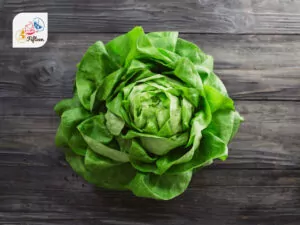
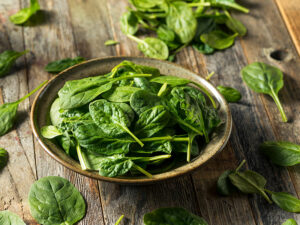
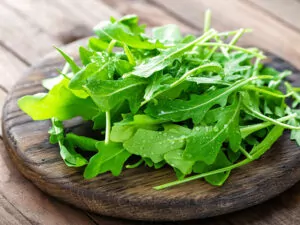
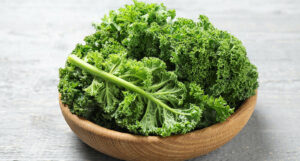
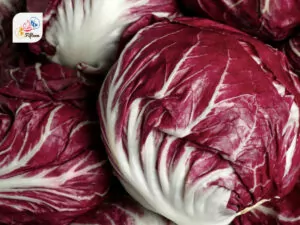
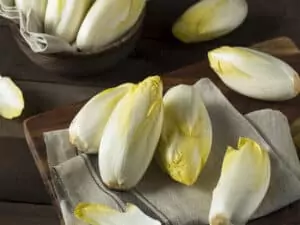
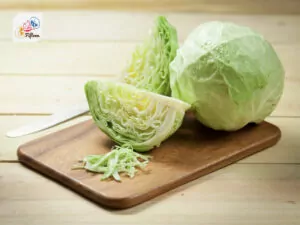
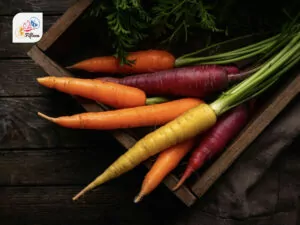
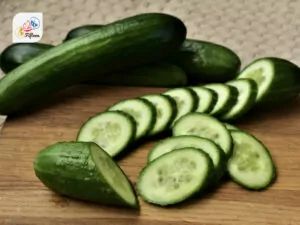
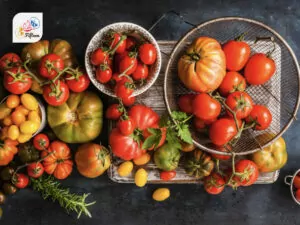
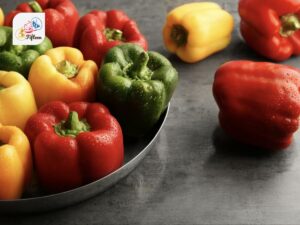
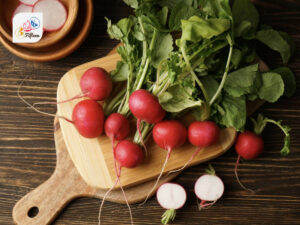
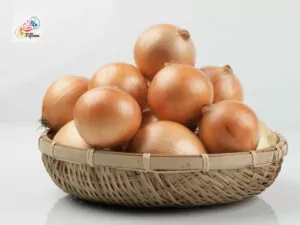
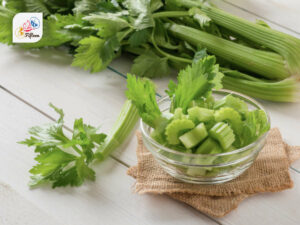
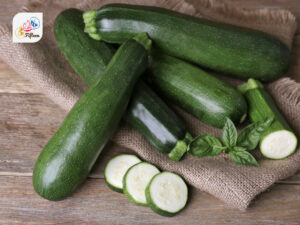
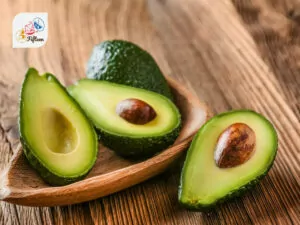
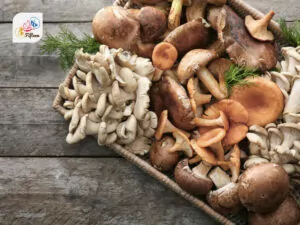
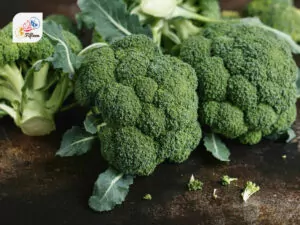
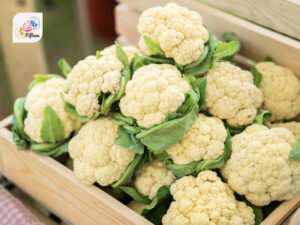
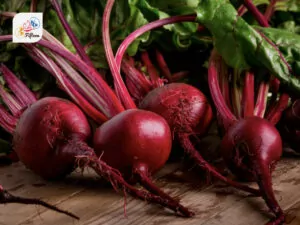
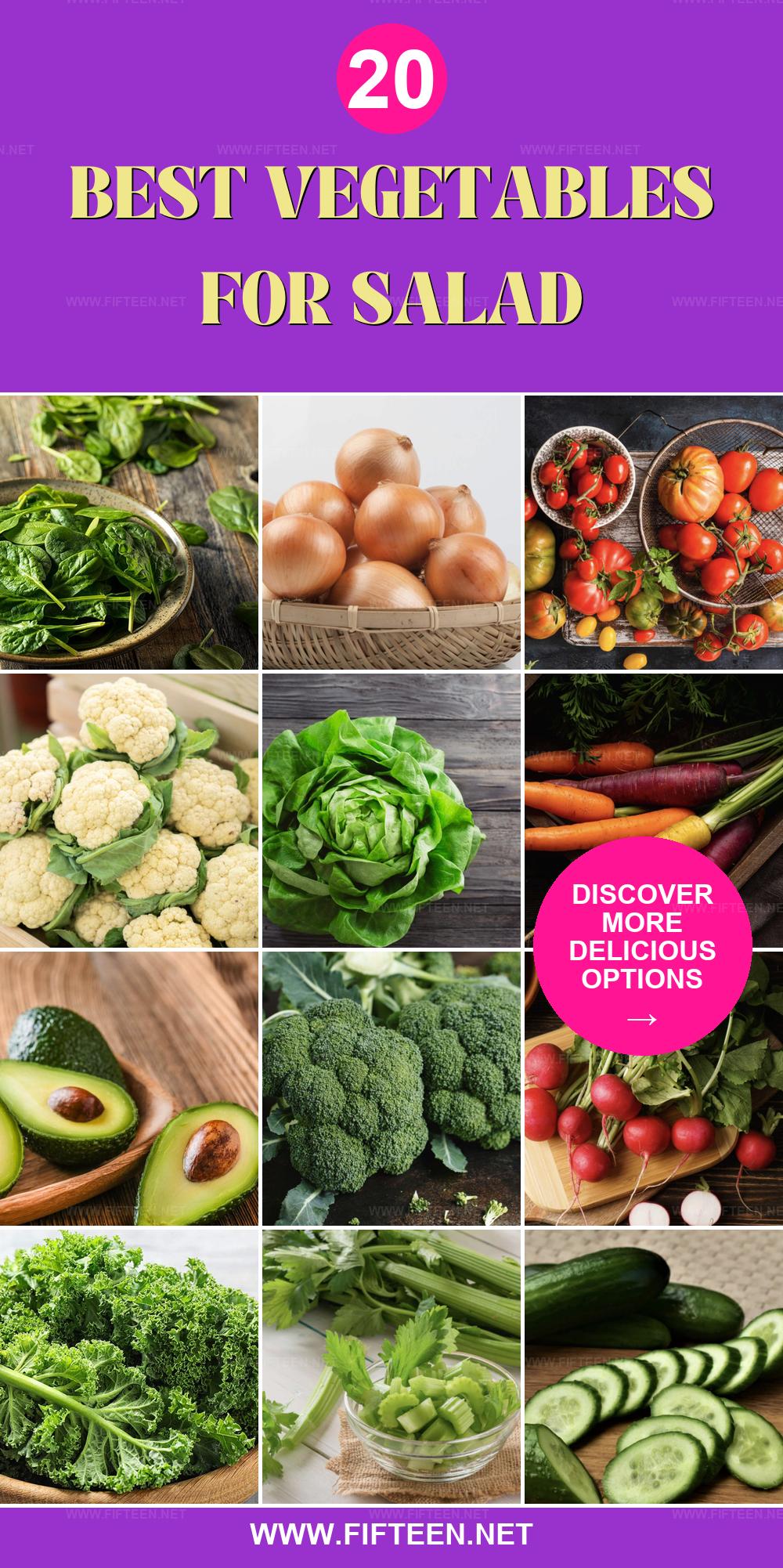
Jamie Scott
Editor in Chief, Senior Content Writer
Expertise
Home Cooking, Meal Planning, Recipe Development, Baking and Pastry, Food Editor, Cooking-video Maker, Western Food Evaluation Expert
Education
Le Cordon Bleu College of Culinary Arts
Local Community College, New York, NY
Jamie Scott is a skilled culinary expert and content creator specializing in Western cuisine. With over 15 years in the culinary field and formal training from Le Cordon Bleu, Paris, Jamie deeply understands how to blend nutrition with delicious flavors. His passion for cooking matches his commitment to making healthy eating accessible and enjoyable.
On Fifteen.net, Jamie brings a fresh perspective to classic dishes and beverages, offering readers insightful recipes, cooking tips, and a fresh view on meal planning that emphasizes taste, health, and simplicity.